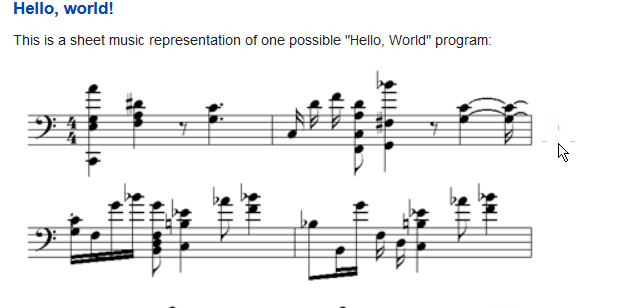Remediating code

How do you introduce computational thinking in low-literate contexts using non-linear, media-centric programming metaphors. A exploration of tools, techniques, and philosophies aimed at breaking traditional narrative boundaries and engaging audiences in interactive experiences.
authors: Shafali, Dinesh, Bhanu, Micah
Remediating Thought, Story, Film, Code
- How do you introduce computational thinking in low-literate contexts using non-linear, media-centric programming metaphors?
- What are the rules and grammar of this metaphor?
Non-linear Storytelling
- Korsakow Institut: To get a better understanding of reality.
- KORSAKOW 6: Platform with a clickable wall and a spreadsheet of 3rd party Korsakow films.
SNU and POC
[The Interactive Documentary: My Life, My Passion, My Playlist MIT Docubase](https://docubase.mit.edu/playlist/the-interactive-documentary-my-life-my-passion-my-playlist)
Warli Visuals
Other References
Thesis
- Rehearsing Reality: An Interactive Docufragmentary Exploration of the Theatre of the Oppressed’s Engagement with the Brazilian Landless Movement (MST) (2007, Simões, Nenita Gouveia). Thesis
General Storytelling Studies
Examples
Non-linear Tapestries in Linear Constructs
- AI Observatory: Language of AI and digital revolution in India, documenting the use of Automated Decision Making Systems (ADMS).
Annotating Academic Research
- General repository of audio-video tools: GitHub - omarcostahamido/awesome-networked-media
Tools for Media Making Activities
- Filters in Snapchat
- guriVR
- XIA
- thisissand: Interaction with color
- blob opera
- Try to find a Flash alternative: Wick, keyframe animator
- Neocities
- Glitch.com and remixing code
- Processing Direction, programming ideas, and web literacy wheel
- Composition fragment identification
- Fragments connecting to each other to form a flow
- In terms of bridge
- Spark AR
- Snap Studio
- Linguistic metaphors of programming
- Void setup tells all the context
- ToonTalk: Child-oriented programming language
- Scratch
- Warli-processing-programming thing
- Python library for game development
- Visual flow code: Rete.js Visual Programming - A Messenger Bot
- Twine - An Open-Source Tool for Telling Interactive, Nonlinear Stories
- Blockly - Google Developers
- html energy
Smallest Narrative Unit
The concept of the smallest narrative unit is an essential aspect of non-linear storytelling. It refers to the individual fragments or elements that, when connected, form a larger narrative. Each fragment has its own significance and contributes to the overall story. Non-linear storytelling often focuses on the interplay and connections between these fragments, allowing the audience to explore various paths and perspectives.
In conclusion, storytelling in non-linear ways breaks away from traditional linear narratives, offering immersive and interactive experiences. Whether through the use of callbacks, Indian stories, virtual reality, new programming languages, or the exploration of the smallest narrative unit, non-linear storytelling expands the boundaries of narrative structure, engaging audiences in new and exciting ways. It challenges our understanding of storytelling conventions and opens up possibilities for innovation and creativity in the art of storytelling.
